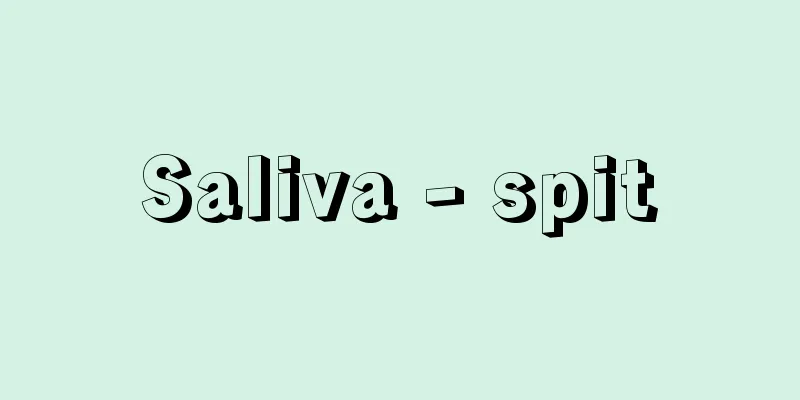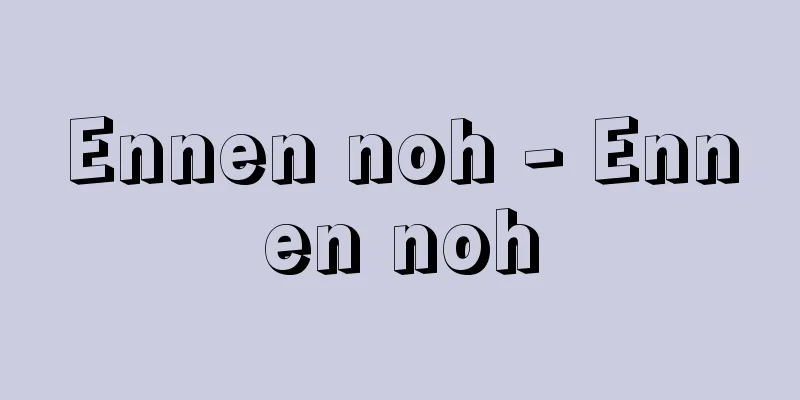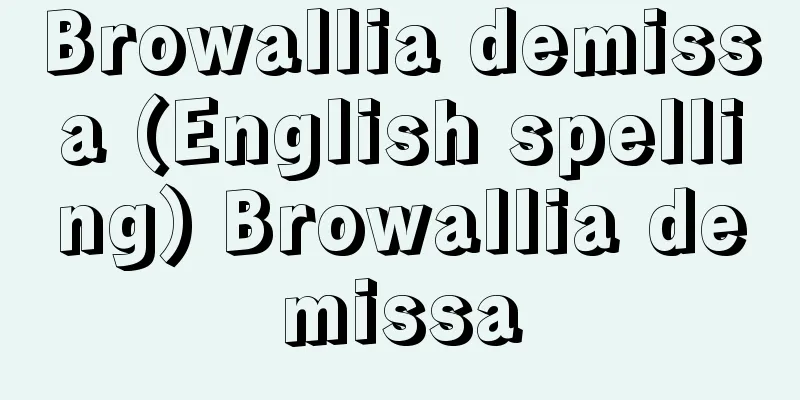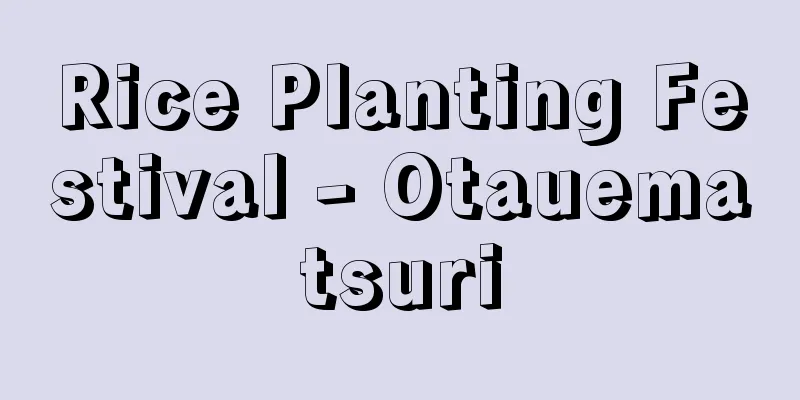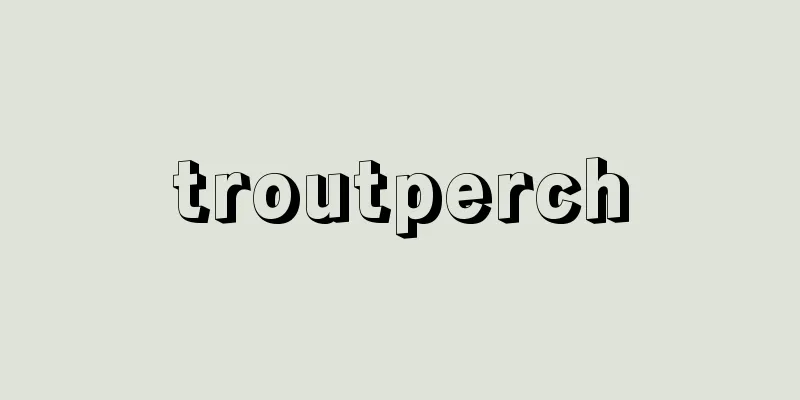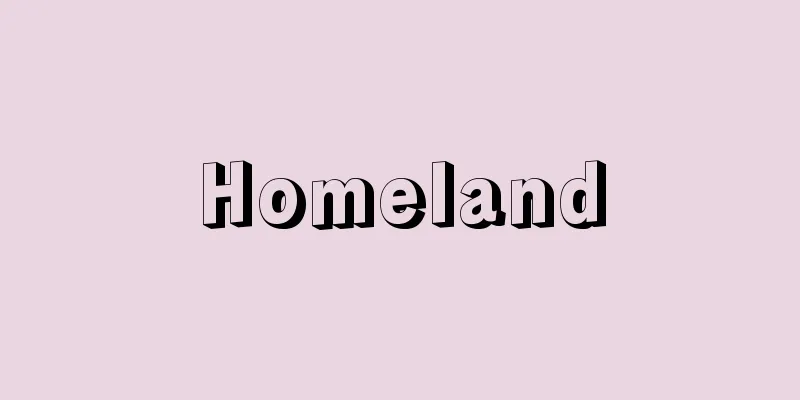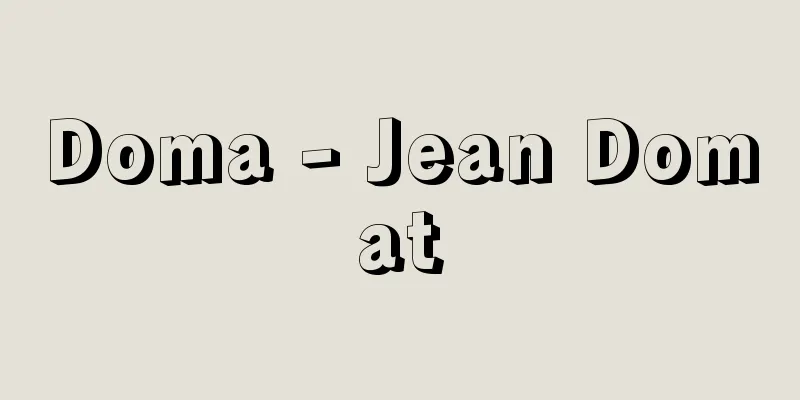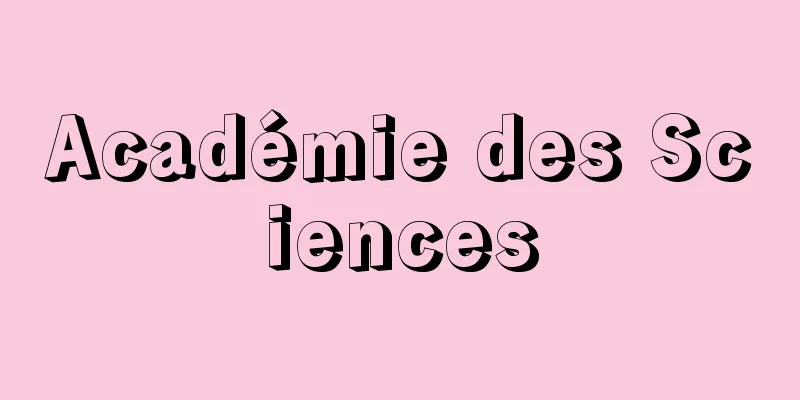Eritrea - State of Eritrea (English spelling)
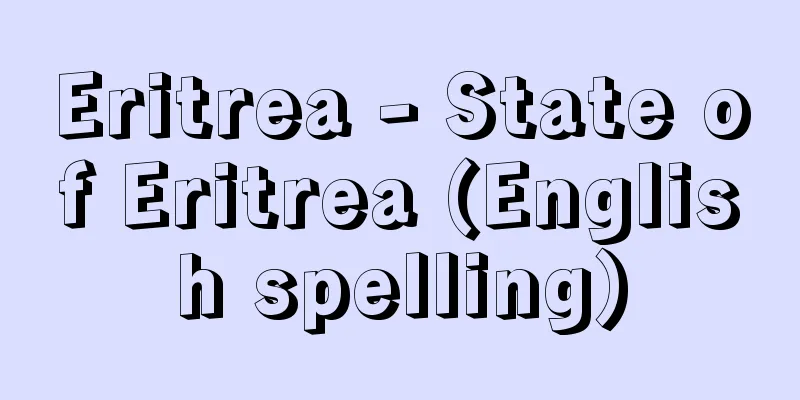
OverviewA country in the northeastern part of the African continent, known as the Horn of Africa. Its official name is the State of Eritrea. It borders Djibouti to the east, Ethiopia to the south, and Sudan to the west. It faces the Red Sea to the north, with Saudi Arabia and Yemen on the opposite shore. Its area is 117,600 square kilometers (UN 2006), but the Eritrean government says it is 124,000 square kilometers. Its population is 5.1 million (UN 2009 estimate), but taking into account factors such as nomadic residents with no national identity, and the inflow and outflow of refugees and displaced persons, it is estimated to be around 5 million. Its capital is Asmara. Despite its long history, Eritrea was tossed about by the power struggles of the great powers of the time, and was born as a child of colonialism, which forced integration and division without regard for the natural environment or the lives of the people, and has been a small country suffering from poverty. The name Eritrea is said to have been derived from the Latin Mare Erythreaum, which means "Red Sea," when Italy ruled the country as a colony. [Yasushi Okuno] NatureAlthough it is a small country, it has such a diverse topography and climate that it is said that one can experience three seasons in a two-hour journey by steam locomotive or bus from the capital Asmara, located in the central highlands, to Massawa, the second largest city facing the Red Sea. The country is roughly divided into a narrow coastal plain overlooking the Red Sea and a plateau area with an average elevation of 1,000 to 1,500 meters. The coast is desert, and in the center lies the Danakil Depression, more than 100 meters below sea level. Overall, the area belongs to a tropical dry climate zone, with the average annual temperature in the lowlands reaching 30°C, but the plateau areas are warmer and more bearable. [Yasushi Okuno] historyIt is said to be the site of the Kingdom of Aksum around the time of Christ, but after being occupied by Turkey in the 16th century and ruled by Egypt, it became an Italian colony in 1890 and was named Eritrea. In 1941 during World War II, British troops occupied it, and it became a protectorate the following year. However, in 1950, the United Nations General Assembly adopted a proposal for Ethiopia to annex Eritrea, which demanded independence, and after forming a federation as an autonomous region in 1952, it was annexed as a state of Ethiopia in 1962. Since then, a liberation movement aiming for separation and independence was born, and the Eritrean Liberation Front (ELF, formed in 1958) and others continued their armed struggle against Ethiopia with the support of Arab countries. Among them, the Eritrean People's Liberation Front (EPLF), which was formed in 1970 by some reformists who split off from the ELF, began to play a leading role, gradually expanding the liberated area through guerilla warfare, and in May 1991, it took control of the provincial capital, Asmara, and declared the establishment of a provisional government. It also began issuing its own visas and managing foreign currency, essentially preparing for independence. Based on a resolution adopted at the All Ethiopian Political Parties Conference in July of the same year, a referendum was held under UN supervision in April 1993, and independence was decided with 99.8% of the valid votes in favor. Following this, on May 24, 1993, Ethiopia officially declared independence, becoming the 53rd sovereign state in Africa, and at the end of the same year it was approved as a member of the United Nations. The first president after independence was Isaias Afewerki (1946- ), Secretary General of the EPLF (renamed the Popular Front for Democracy and Justice (PFDJ) in February 1994). [Yasushi Okuno] Politics and DiplomacySince independence, the transitional government has been a de facto one-party dictatorship, and in 1992 it enacted a democratic constitution that provided for basic human rights and a multi-party system, but it never came into force. According to the constitution, the president has a five-year term and is elected by the unicameral National Assembly. There is also a cabinet made up of ministers appointed by the president, but no elections are held for either the National Assembly or any other body, and the cabinet's role is merely to ratify the policies of the president. In May 2008, opposition parties opposed to this tyrannical rule united to form the Eritrean Democratic Alliance (EDA). The government dislikes excessive aid and advocates self-help efforts under the motto "do what you can yourself," but has also placed emphasis on improving relations with Western countries in order to rebuild the nation devastated by the independence war. It also aims to be friendly with neighboring countries, and has had good relations with Ethiopia. However, in May 1998, a conflict broke out over the border area with Ethiopia, the ownership of which was unclear, against the backdrop of economic discord over the separation of Eritrea, including the introduction of a new currency, the Nakfa, and the fee for using the port of Assab, which was the gateway to the sea for Ethiopia, which had become a landlocked country. The fighting between the two armies escalated to the point of airstrikes on the capital, but in June 2000, a ceasefire agreement was reached through mediation by the OAU (Organization of African Unity, which was reorganized as the African Union in 2002), and a comprehensive peace agreement was signed in December of the same year. The UN peacekeeping mission of Ethiopia and Eritrea (UNMEE) was deployed to monitor the ceasefire, and the border was demarcated (on a map) in April 2002, but tensions continued thereafter. Other issues that have yet to be fundamentally resolved include border disputes with Sudan and Djibouti, and a dispute over the ownership of islands in the Red Sea with Yemen. Furthermore, in December 2009, the UN Security Council imposed a sanctions resolution on Eritrea, including an arms embargo on the country, inspection and seizure of cargo, and the freezing of assets of political and military leaders, for supporting anti-government armed forces in the Somali civil war (which Eritrea denies). In 2010, Eritrea rejected a request from the United States to establish a naval base in Assab, and maintained a non-aligned policy. [Yasushi Okuno] Economy and IndustryApproximately 80% of the population is engaged in low-productivity agriculture (grains such as barley, wheat, and beans, as well as vegetables, coffee, cotton, tobacco, and sisal) and livestock farming (cattle, sheep, goats, and camels), but arable land accounts for only 2% of the total area. Approximately 70% of the food is imported or aided. The country produces marble, granite, rock salt, and sea salt, and is known to have underground deposits of gold, copper, zinc, and iron ore, but these are untapped. Its gross domestic product (GDP) is US$1.87 billion, and its per capita GDP is US$363 (both nominal; IMF estimate for 2008). By industry, transportation accounts for more than 30% of the GDP, and the tertiary industry sector, including other service industries, accounts for more than 80%, making it one of the poorest countries in the world. To escape this predicament, economic independence is an urgent issue, particularly the restoration and improvement of infrastructure destroyed by the 30-year-long independence struggle and the two-and-a-half-year border conflict with Ethiopia, and the return, relief and resettlement of more than one million veteran soldiers, refugees and displaced persons. To achieve this, it is essential to attract capital and technology that is lacking within the country, and domestic stability is a prerequisite for this. On top of that, it is most desirable to promote a wide-area economy that includes neighboring countries, utilizing the two ports of Massawa and Assab on the Red Coast, which are said to be good natural harbors. [Yasushi Okuno] Society and CultureThe population is divided into nine ethnic groups, including Tigrinya (about 48%), Tigray (about 35%), and Afar, and each group speaks its own ethnic language, but Arabic and English are the common languages. Religion is roughly half Islam (mostly Sunni) and half Eritrean Orthodox (Coptic Christian), with a small number of Roman Catholics and Protestants. Compulsory education is free for seven years from age seven. In 2004, as part of the education reform, the National University of Asmara (founded in 1958) was reorganized to establish seven universities: Engineering, Agriculture, Medicine, Health, Technology, Marine Science, and Humanities and Social Sciences. In terms of press freedom, in October 2007, the international journalist organization Reporters Without Borders ranked Kenya last (173rd in the world, with Iceland coming in first, the United States at 48th, North Korea at 168th, and Japan at 37th) due to the deaths of four journalists in government custody. In December 2009, 12 of the 25 national soccer team players who participated in an international soccer tournament in Nairobi, Kenya, refused to return home due to government oppression and applied for refugee status with the Kenyan government. This was the third such incident since 2006. [Yasushi Okuno] Relations with JapanJapan recognized Eritrea at the same time as it gained independence, and diplomatic relations were established. An ambassador took up his post in May 2003 (Japan's ambassador to Kenya also serves in this role). A technical cooperation agreement was concluded in December 2005, and in addition to various types of technical cooperation, Japan has been providing grant aid, food aid, and assistance for increasing food production. Trade between Eritrea and Japan consists of exports of sesame seeds and sheepskins from Eritrea and imports of automobiles, auto parts, tires, etc., but it is a significantly one-sided trade due to an Eritrean import surplus. President Isaias visited Japan in September 2003 and May 2008 to attend the Tokyo International Conference on African Development (TICAD). [Yasushi Okuno] [References] | | | | [Additional resources] |"> Eritrea flag ©Shogakukan Illustration/Shogakukan Creative "> Eritrea Location Map Source: Shogakukan Encyclopedia Nipponica About Encyclopedia Nipponica Information | Legend |
総論「アフリカの角」Horn of Africaとよばれるアフリカ大陸の北東部にある国。正式名称はエリトリア国State of Eritria。東はジブチ、南はエチオピア、西はスーダンと接する。北は紅海に臨み、その対岸はサウジアラビアとイエメン。面積は11万7600平方キロメートル(2006国連)だが、エリトリア政府発表では12万4000平方キロメートルである。人口は510万(2009国連推計)であるが、国民意識のない遊牧住民、難民や避難民の流出入などの要素を勘案するとおよそ500万と推計される。首都はアスマラ。 古い歴史をもちながら、時の列強による勢力争いに翻弄(ほんろう)された後、自然環境や住民の生活を無視して統合や分割を強行した植民地主義の落とし子のような国として生まれ、貧困に苦しむ小国の道を歩んできた。エリトリアという国名は、イタリアが植民地として統治するにあたり、ラテン語で「紅海」を意味する「マーレ・エリトリウム」Mare Erythreaumにちなんでつけられたといわれる。 [奥野保男] 自然小さな国ながら、中部高原にある首都アスマラから紅海に面した第2の都市マッサワまで、蒸気機関車やバスによる旅の2時間で三つの季節を体験できるといわれるほど地形、気候とも多様である。国土は大きく分けて紅海に望む狭い沿岸平野と平均標高1000~1500メートルの高原地帯からなっている。沿岸部は砂漠で、その中央に海面下100メートルを超えるダナキル低地がある。 全体として熱帯性の乾燥気候帯に属し、とくに低地は年平均気温が30℃にも達するが、高原部は温暖でしのぎやすい。 [奥野保男] 歴史紀元前後ごろアクスム王国が興った地といわれるが、16世紀のトルコによる占領からエジプトの支配を経て、1890年にイタリアの植民地となり、エリトリアと名づけられた。第二次世界大戦中の1941年にイギリス軍が占領、翌年に保護領とした。しかし1950年の国連総会で独立を主張するエリトリアに対して、エチオピアの併合案が採択され、1952年に自治州として連邦を結成した後、1962年にエチオピアの1州として併合された。それ以来、分離・独立を目ざす解放運動が生まれ、エリトリア解放戦線(ELF。1958年に結成)などによる対エチオピア武力闘争が、アラブ諸国の支援のもとに続けられた。 そのなかで、1970年にELFから一部革新派が分派して結成したエリトリア人民解放戦線(EPLF)が指導的役割を果たすようになり、ゲリラ戦によってしだいに解放地域を広げるとともに、1991年5月には州都アスマラを制圧して臨時政府の樹立を宣言、独自のビザ発行や外貨管理を行うなど実質的に独立を準備した。そして同年7月のエチオピア全政党会議で採択された決議に基づいて、1993年4月に国連の監視下で住民投票が実施され、有効投票の99.8%の賛成を得て独立を決定した。それを受けて翌月の1993年5月24日、正式に独立を宣言し、アフリカで53番目の主権国家となり、同年末には国連加盟が承認された。独立後の初代大統領にはEPLF(1994年2月に民主正義人民戦線=PFDJと改称)書記長のイサイアス・アフェウェルキIsaias Afewerki(1946― )が就任した。 [奥野保男] 政治・外交独立以来、暫定政府として事実上の一党独裁のもとで、1992年に基本的人権や複数政党制を定めた民主的憲法を制定したが、施行には至らなかった。同憲法によれば、大統領の任期は5年、一院制の国民議会で選出されることになっている。また大統領が任命する閣僚からなる内閣をもつが、国民議会をはじめ、いずれの選挙も行われず、大統領の施策を追認するだけの役割しかもたされていない。2008年5月、こうした専制的支配に反対する野党が連合してエリトリア民主同盟(EDA)を結成した。 政府は過剰な援助を嫌い、「自分でできることは自分でやる」をモットーに自助努力を掲げながらも、独立紛争で荒廃した国家再建のため、西側諸国との関係改善を重視してきた。また近隣諸国との善隣友好を目ざし、エチオピアとの関係も良好であった。しかし1998年5月、新通貨ナクファの導入や、内陸国となったエチオピアの海への出入口であるアッサブ港の使用料などエリトリアの分離をめぐる経済的な確執などを背景に、帰属が不明確であったエチオピアとの国境地帯についての紛争が勃発(ぼっぱつ)した。 両国軍の戦闘は首都への空爆の応酬にまで発展したが、2000年6月にOAU(アフリカ統一機構。2002年にアフリカ連合=AUに改組)の調停による休戦合意を経て、同年12月には包括的和平協定が調印された。停戦監視のために国連PKOのエチオピア・エリトリア派遣団(UNMEE)が展開、2002年4月には国境線の画定(地図上)も行われたが、その後も緊張状態が続いた。ほかにもスーダンやジブチとの国境紛争、イエメンとの紅海上の島の領有権争いなども根本的解決に至っていない。さらに2009年12月には、ソマリア内戦の反政府武装勢力を支援している(エリトリアは否定)として、国連安全保障理事会から同国への武器禁輸、貨物検査と押収、政治指導者や軍幹部の資産凍結などの制裁決議を受けた。2010年にはアメリカのアッサブ海軍基地設置の要求を拒否、非同盟路線を貫いた。 [奥野保男] 経済・産業人口のおよそ80%が生産性の低い農業(大麦や小麦、豆類といった穀物のほか野菜、コーヒー、綿花、タバコ、サイザル麻など)と牧畜(ウシ、ヒツジ、ヤギ、ラクダなど)に従事しているが、耕地は総面積のわずか2%にすぎない。食料の約70%を輸入や援助に頼っている。大理石や花崗(かこう)岩、岩塩、海塩を産し、金、銅、亜鉛、鉄鉱石など地下資源の埋蔵も知られているが未開発である。国内総生産(GDP)は18.7億米ドル、1人当りのGDPは363米ドル(いずれも名目。2008年度IMF推計)、産業別のGDP構成も運輸が30%以上を占め、その他のサービス業を含めた第三次産業部門が80%を超え、世界の最貧国の一つにも数えられている。 この窮状から脱却するには、経済的自立、とりわけ30年にも及ぶ独立紛争と2年半にわたるエチオピアとの国境紛争によって破壊されたインフラ復旧と改善、100万を超すといわれる退役兵士や難民・避難民の帰還、救済・再定住が緊急の課題である。そのためには国内では足りない資本や技術の誘致が不可欠であり、それには国内の安定が先決条件となる。そのうえで天然の良港といわれる紅海岸のマッサワとアッサブ2港を活用しての近隣諸国を包含した広域的な経済の振興が何よりも望まれる。 [奥野保男] 社会・文化住民はティグリニャ(約48%)、ティグレ(約35%)、アファールなど九つのエスニック・グループ(民族集団)に分かれ、それぞれ民族語を使っているが、アラビア語、英語が共通語である。宗教はイスラム教(ほとんどがスンニー派)とエリトリア正教(コプト派キリスト教)の教徒がほぼ半数ずつを占め、少数のローマ・カトリックとプロテスタントの信者がいる。 義務教育年数は7歳から7年間で無料。2004年に教育改革の一環として国立アスマラ大学(1958年に創立)を改組し、工、農、医、保健、技術、海洋、人文社会の7単科大学が設けられた。 報道の自由度に関しては、2007年10月の国際ジャーナリスト組織、国境なき記者団の世界ランキングによると、政府が拘束中の記者4人が死亡したなどの理由で最下位(173位。1位はアイスランド、アメリカ48位、北朝鮮168位、日本37位)であった。2009年12月には、ケニアのナイロビで行われたサッカー国際大会に参加した代表選手25人のうち12人が政府の抑圧を嫌って帰国を拒み、ケニア政府に難民申請をした。こうした事件は2006年以降3回目である。 [奥野保男] 日本との関係日本は独立と同時に承認、外交関係を樹立した。2003年(平成15)5月に大使が着任(日本はケニア大使が兼任)。2005年12月に技術協力協定を結び、各種の技術協力のほか無償資金協力、食料援助、食料増産援助などを行っている。日本との貿易は、エリトリアからゴマ、羊皮などを輸出し、自動車、自動車部品、タイヤなどを輸入しているが、エリトリア側の輸入超過による著しい片貿易である。2003年9月、2008年5月にはアフリカ開発会議(TICAD)に出席のためイサイアス大統領が来日している。 [奥野保男] [参照項目] | | | | [補完資料] |"> エリトリアの国旗 ©Shogakukan 作図/小学館クリエイティブ"> エリトリア位置図 出典 小学館 日本大百科全書(ニッポニカ)日本大百科全書(ニッポニカ)について 情報 | 凡例 |
>>: Eridu - Eridu (English spelling)
Recommend
Reimarus, HS (English spelling) ReimarusHS
…However, the method of academic historical resea...
Prince Atsumichi
981-1007 The fourth son of Emperor Reizei in the ...
Gu Ye-wang (English name)
[Live] Tiankan 18 (519) [Died] Taiken 13 (581) A s...
Learning behavior
⇒ Learned behavior Source: About Shogakukan Digita...
Aetolia-Acarnania Prefecture - Aetolia-Acarnania Prefecture
…the region in the southwestern corner of central...
Secondary hemorrhage
…However, if the blood clot becomes dislodged or ...
Cryptanthus acaulis (English spelling)
… [Takabayashi Masatoshi]. … *Some of the termino...
Kaesong
A city in the southern part of North Korea. Popul...
IMF - International Monetary Fund
Abbreviation of International Monetary Fund. Inter...
Dicentra peregrina; dicentra
A perennial plant of the Papaveraceae family, it i...
Karlgren - K. Bernhard J. Karlgren
Swedish sinologist. Known in Asia by his Chinese ...
Partridge berry
...The fruit is spherical and red when ripe, with...
"The Lessons of Amenemopet" - Amenemopet's Lessons
…In fact, there is a reference to the king (16:12...
Yuki Omura
A Confucian monk from the Azuchi-Momoyama period....
Boatmen's Group
The Edo Shogunate's official organization for ...
